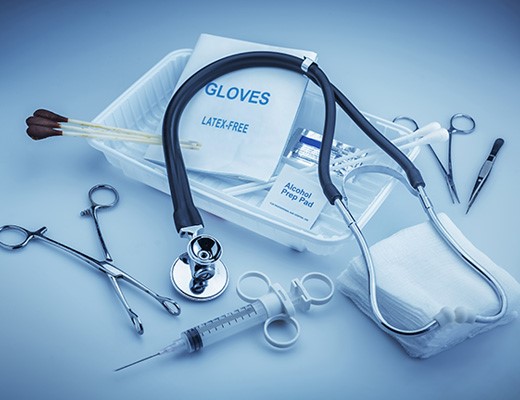Description

Source: IBEF
Disclaimer: Copyright infringement not intended.
Context
- The DCGI has issued a circular urging all medical device licence holders and manufacturers to report adverse events on the MvPI platform, highlighting the importance of post-market surveillance (PMS) in ensuring device safety and performance.
Details
- Dependence on Imports:India relies on imports for approximately 80% of its medical devices.
Objectives
- Safety Monitoring:To monitor adverse events or risks associated with medical devices, including in-vitro diagnostics.
- Data Collection and Analysis:To collect data on medical device-related adverse events, analyze them scientifically, and understand the root causes.
- Regulatory Action:To assist regulatory bodies in taking appropriate actions to mitigate risks and enhance the safety of medical devices.
Legal Framework
- Regulations:Medical devices in India are regulated under the Drugs and Cosmetics Act, 1940, and Medical Devices Rules, 2017.
- Prohibitions:The use of calcium carbide for ripening fruits is prohibited under Regulation 2.3.5 of the Food Safety and Standards (Prohibition and Restrictions on Sales) Regulations, 2011.
Importance of PMS
- Risk Identification:PMS helps in identifying new risks and understanding the frequency of known risks associated with medical devices.
- Public Health:Timely reporting and analysis of adverse events help in mitigating risks and safeguarding public health.

Materiovigilance Programme of India (MvPI)
- The Materiovigilance Programme of India (MvPI) was launched on July 6, 2015, to monitor the safety of medical devices across the country.
- This initiative aims to systematically collect data on adverse events related to medical devices and perform scientific analysis to inform regulatory decisions, ultimately improving the safe use of medical devices.
Objectives:
The primary objectives of the MvPI are:
- Monitoring and Recording:To monitor, record, and analyze the root causes of adverse events or risks associated with the use of medical devices, including in-vitro diagnostics, by healthcare professionals or patients/users.
- Regulatory Recommendations:To provide regulatory bodies with data-driven recommendations for appropriate actions to enhance patient safety.
- Patient Safety Improvement:To ensure the safety and performance of medical devices, thereby improving patient safety.
Organizational Structure:
The MvPI operates under the following structure:
- National Coordination Centre (NCC):The Indian Pharmacopoeia Commission (IPC) has been functioning as the NCC since 2018.
- Central Regulatory Body:The Central Drugs Standards Control Organization (CDSCO) regulates the program.
- Adverse Events Monitoring Centres (AMCs):Various healthcare institutions across India act as AMCs to collect and report adverse event data.
- Technical Support Unit (TSU):Based at the National Health Systems Resource Centre (NHSRC), providing technical and operational support.
Sources:
IBEF
|
PRACTICE QUESTION
Q. The Materiovigilance Programme of India is a crucial initiative for ensuring the safety of medical devices in the country. Critically Analyse. (150 Words)
|
















